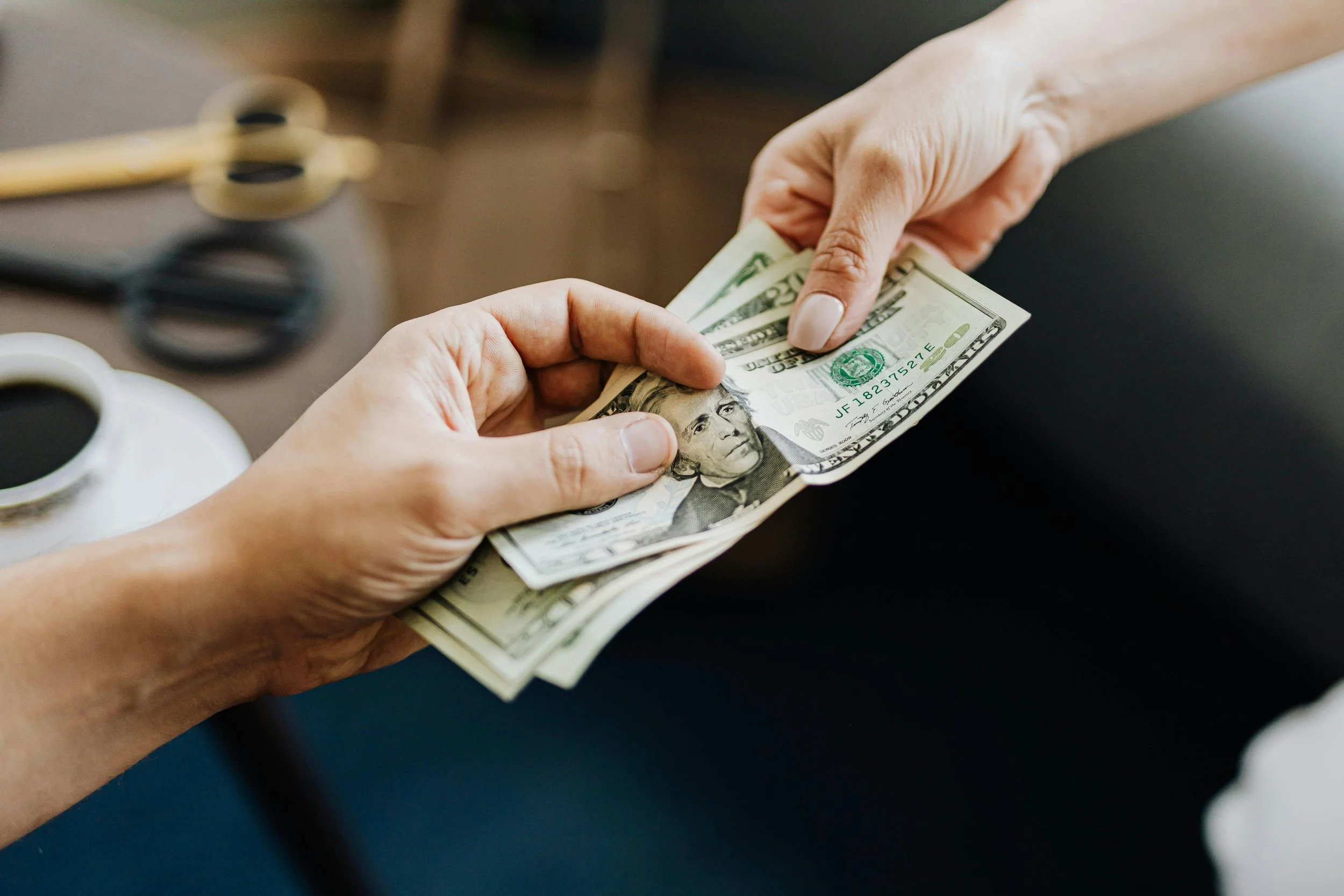Copyright vs Trademark – How They Work Together to Protect Your Work
When it comes to protecting your progressive and industrial business enterprise assets, understanding the difference between copyright and trademark is vital. While each sort of intellectual property protection serves high-quality abilities, they frequently work together to deliver complete criminal protection. In Australia, corporations like Actuate IP focus attention on supporting creators and businesspeople navigating the criminal frameworks efficiently.
Copyright widely speaks to covering real innovative and literary works at the same time as trademarks defend logo identifiers like logos, slogans, and enterprise company names. Though separate, those protections can overlap, specifically for organizations that depend on each innovative content material and branding. Here you can read the content in which we explained how the copyright vs trademark helps in working together. Actuate IP, a relied-on name in Australian trademark and Copyright law, assists customers in leveraging both protections to control their intellectual assets truly.
What is a copyright?
Copyrights in most instances protect the rights of folks who create literary, dramatic, musical, contemporary, and certain superb unique works (like statistical assessments and software application code). According to the U.S. Copyright Office, copyrights are designed for "artwork in a tangible shape of expression," which would range from photos and musical compositions to laptop programs, movies, architectural paintings, and more.
What is a trademark?
While copyrights protect creative works, emblems provide you with particular rights to particular terms or symbols related to your organization. Trademarks can shield an employer's call and its product names, emblem identity (like trademarks), and slogans. Trademarks registered through the American Patent and Trademark Office can also characterize the registered trademark photo; it truly is the letter R with a circle around it (®).
Understanding Copyright and Trademark Laws
While copyright and trademark criminal pointers fall under intellectual property rights, they serve fantastic prison functions. Copyright automatically protects real works like books, songs, and software programs, while emblems require registration to defend the logo identity element.
How Copyright and Trademark Work Together?
Many companies take advantage of every protection simultaneously. For example, a picture-style clothier might also copyright their artwork while also trademarking an emblem designed for a client. Actuate IP allows Australian creators and companies to strategize the best way to use their protections for maximum protection.
When to Use Both Protections
Branding & Creative Works: A business enterprise’s internet website content can be copyrighted at the same time as its logo and slogan are trademarked.
Publishing Industry: An ebook is copyrighted, but the writer’s call and emblem are trademarked.
Software & Apps: The code is copyrighted at the same time because the app name and icon are trademarked.
By combining copyright and trademark protections, businesses can shield themselves in opposition to content theft, material theft, and brand theft.
Why Legal Expertise Matters in IP Protection?
Navigating highbrow belongings regulation may be complex, especially while figuring out which protections to take a look at. Consulting a representative like Actuate IP ensures proper registration, enforcement, and safety of your rights. Whether you're an individual creator or a developing business agency in Australia, statistics show that jailbreak tools permit you to constantly paint your paintings effectively.
Key Differences Between Trademarks and Copyrights
While every trademark and copyright is a kind of highbrow asset safety, they serve wonderful functions and cover precise styles of belongings. Here’s a better study of the crucial thing: variations between a trademark and a copyright.
1. What They Protect
Trademarks: Protect brand identifiers alongside things like names, logos, and slogans that distinguish items or services in the market.
Copyrights: Protect authentic modern-day works like written content, movies, tunes, or software programs.
2. Purpose
Trademarks: Ensure that customers can become privy to the supply of products or services and save you from competition from the usage of similar branding that would confuse.
Copyrights: Protect the writer’s rights to reproduce, distribute, and show their specific works, preventing unauthorized use or duplication.
Conclusion:
Understanding the exquisite but complementary roles of copyright and trademark is vital for complete intellectual property safety. While copyright routinely safeguards your original works, logos offer crucial safety for your brand identity in the marketplace. Together, they shape a powerful criminal shield that preserves each of your creative expressions and business assets.




